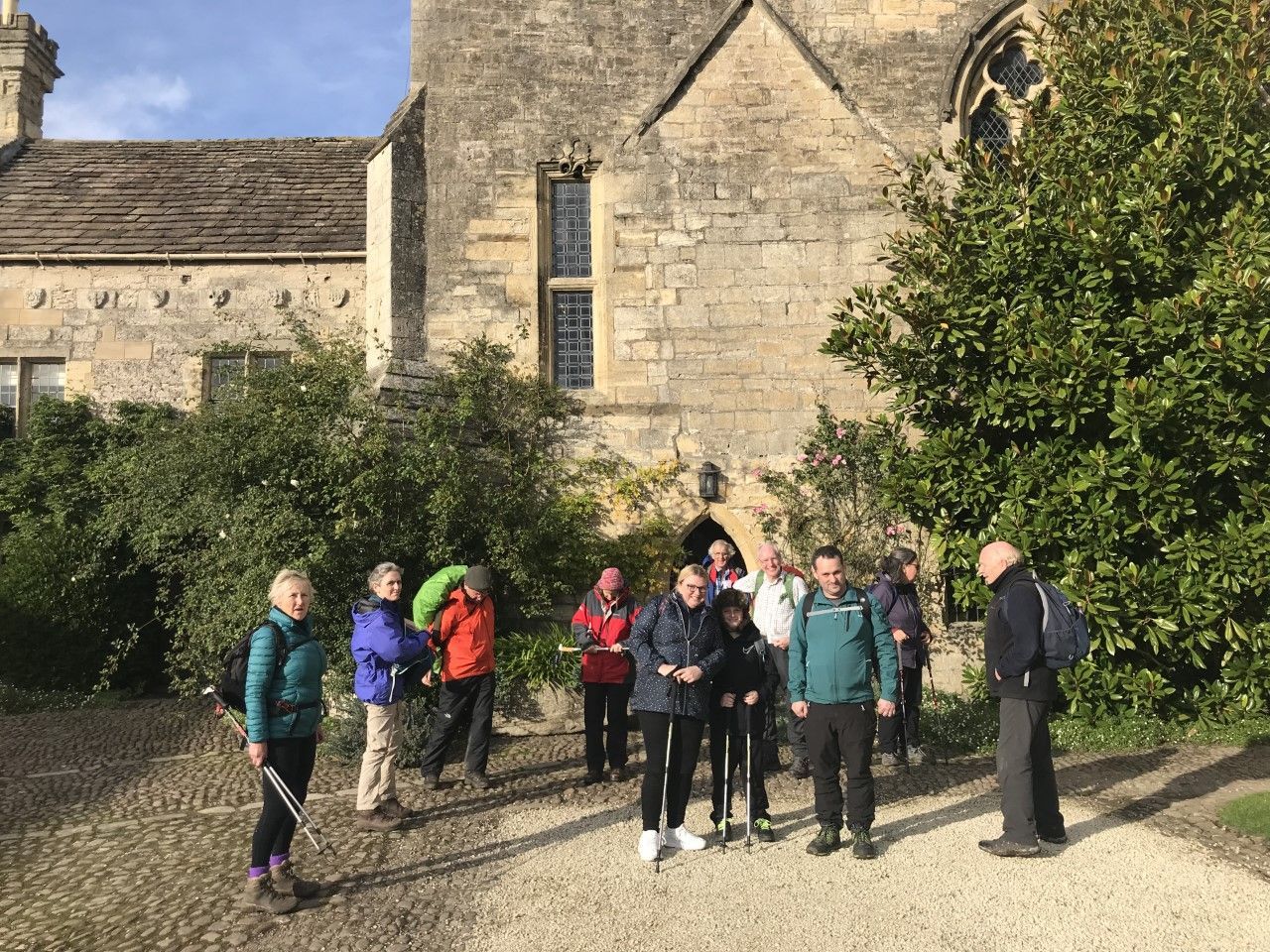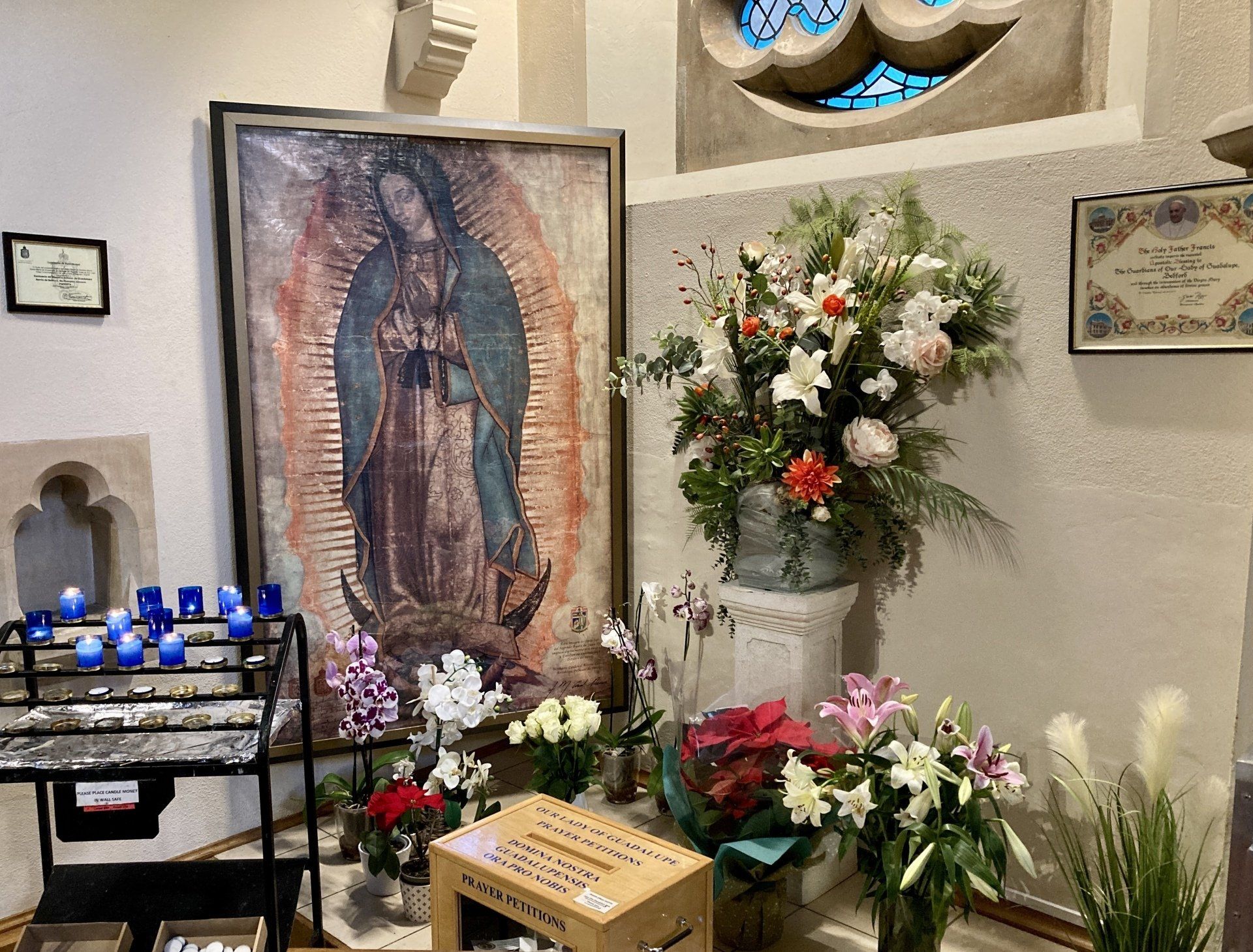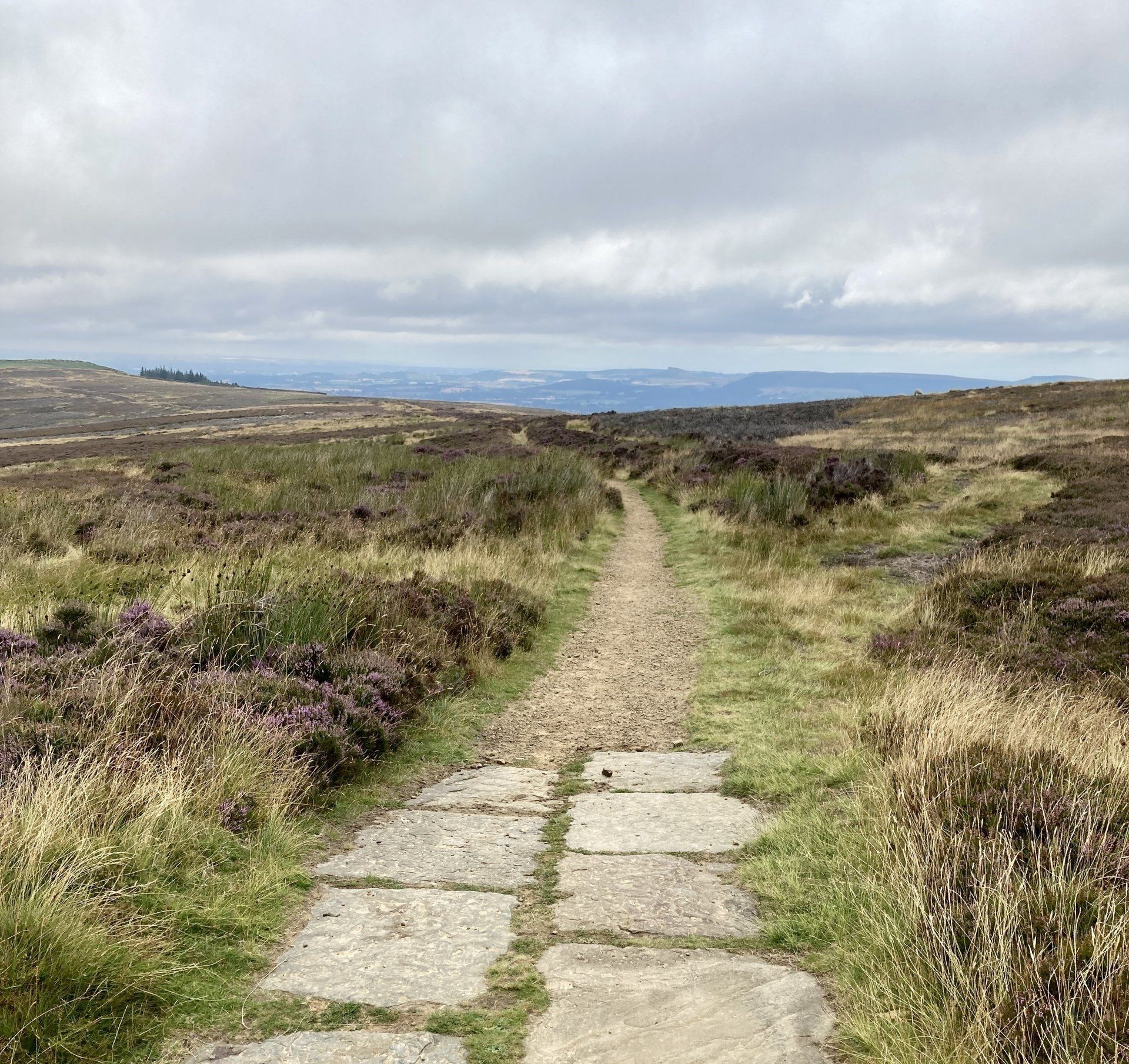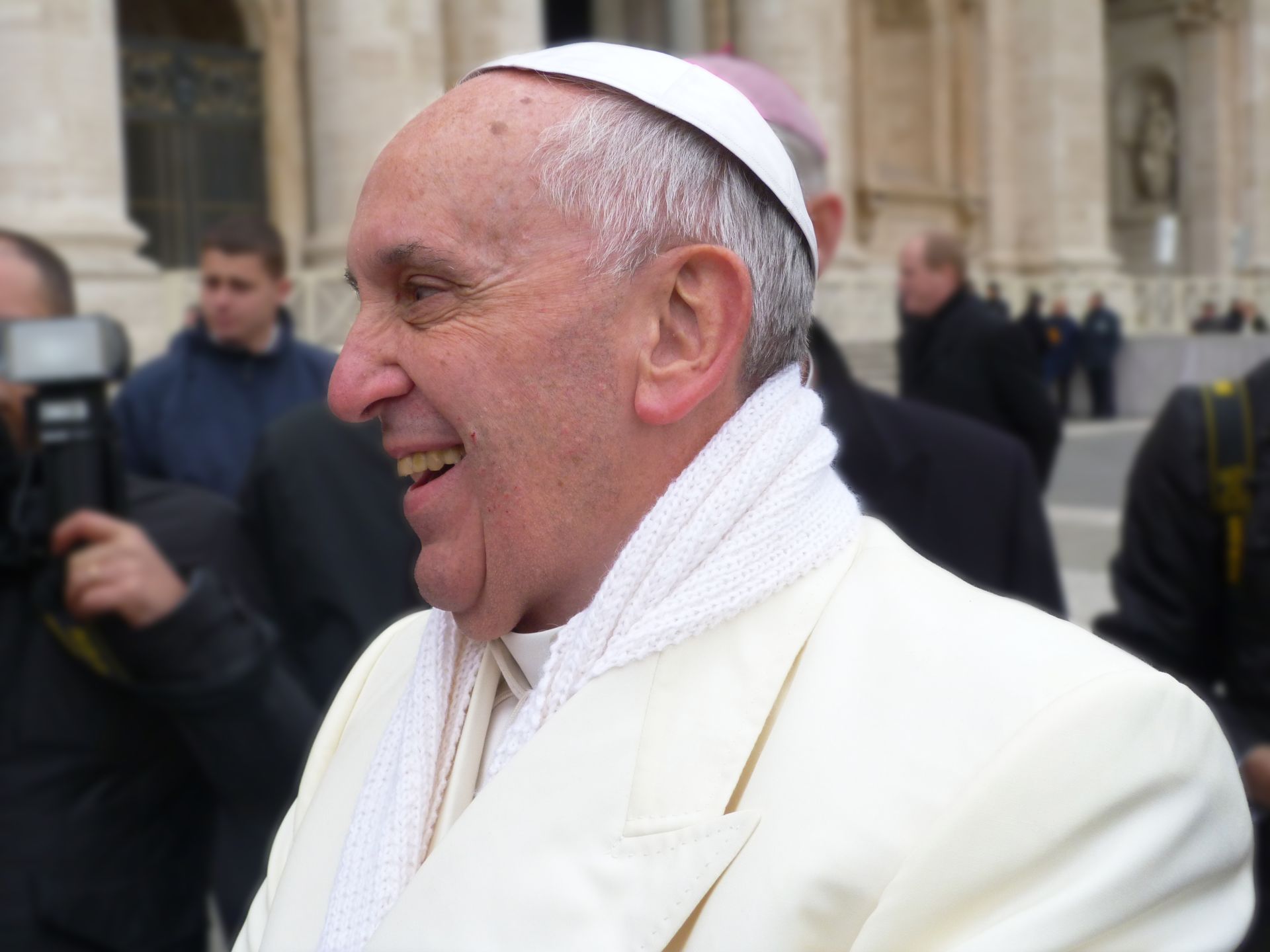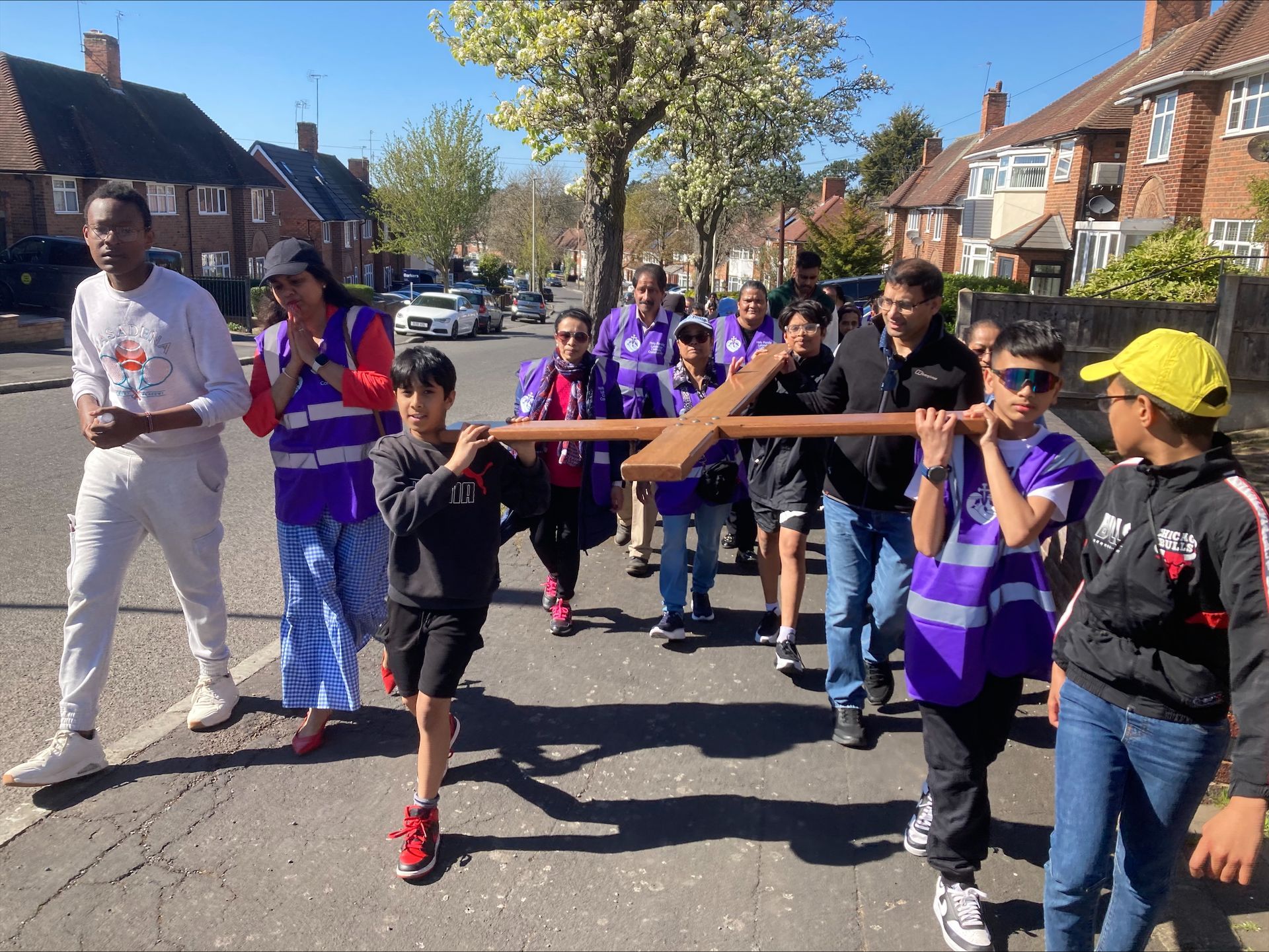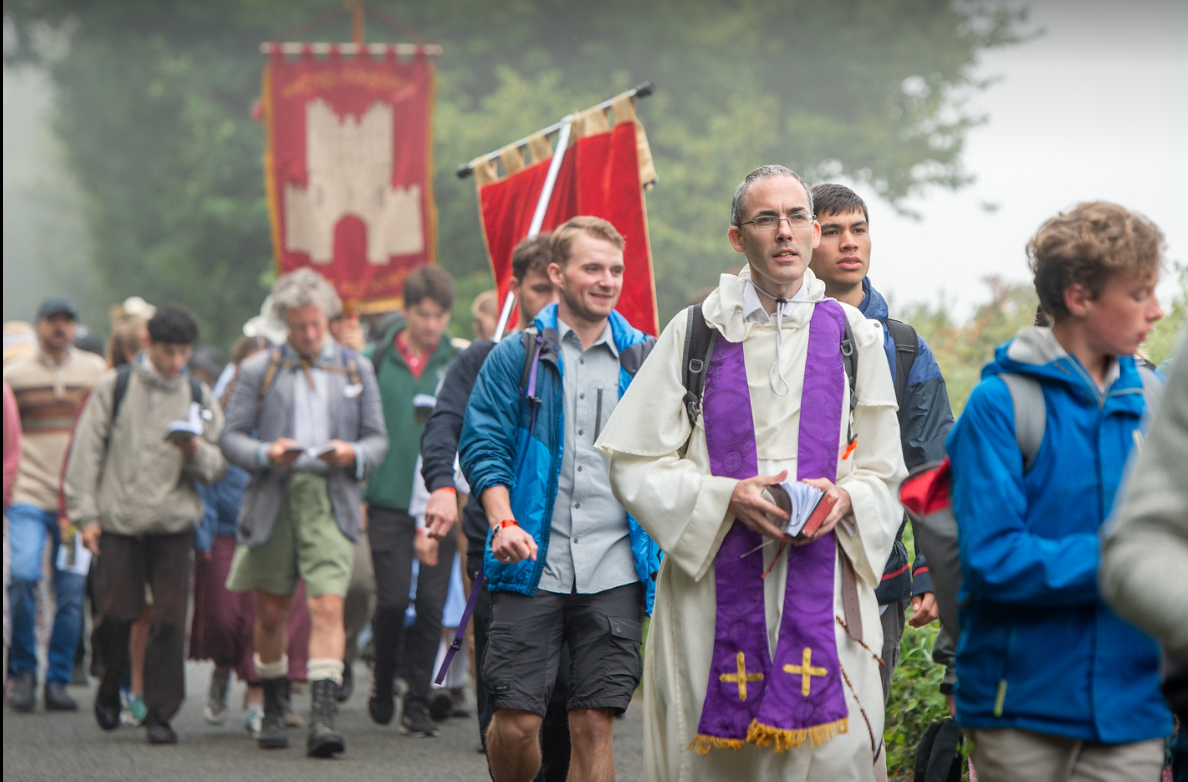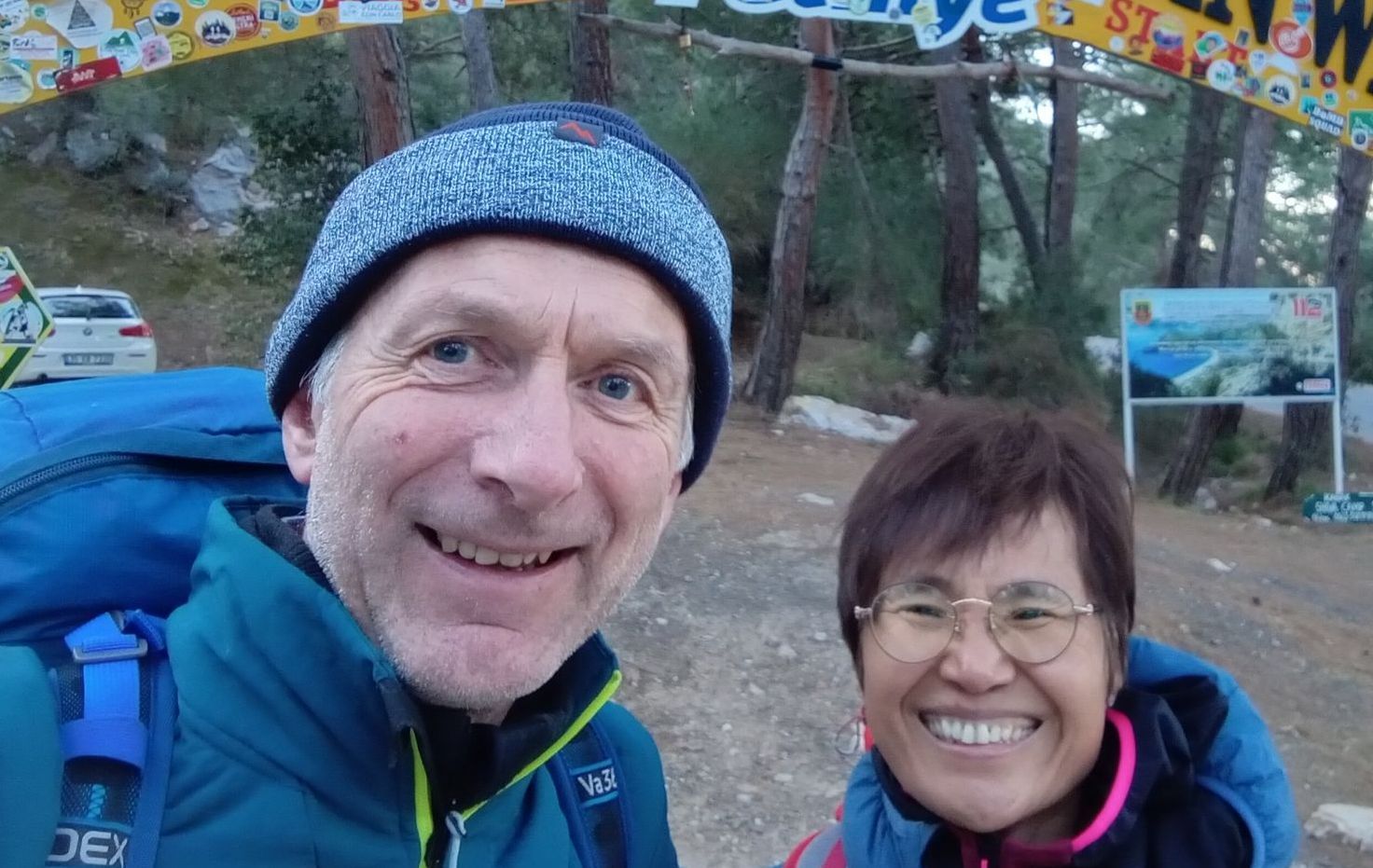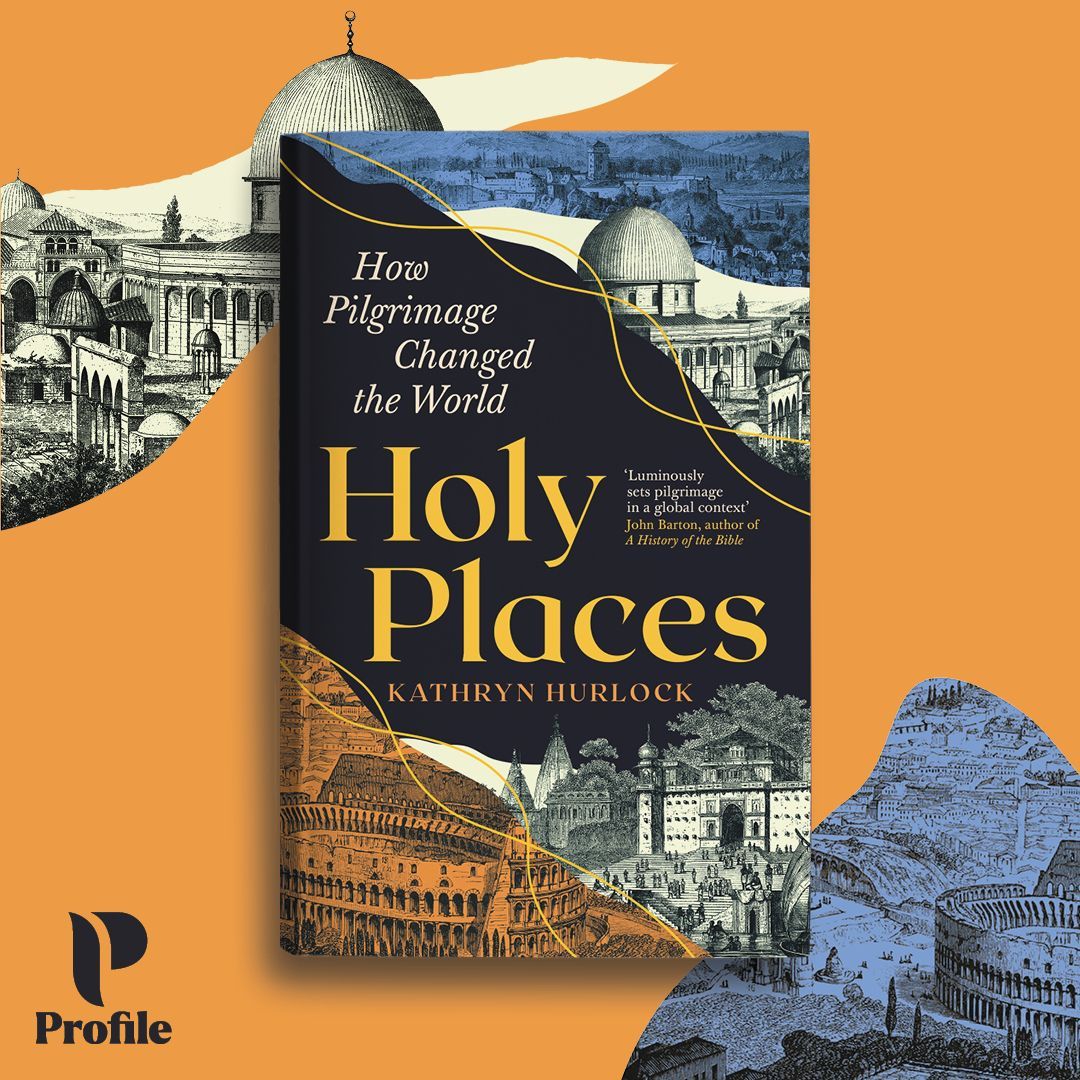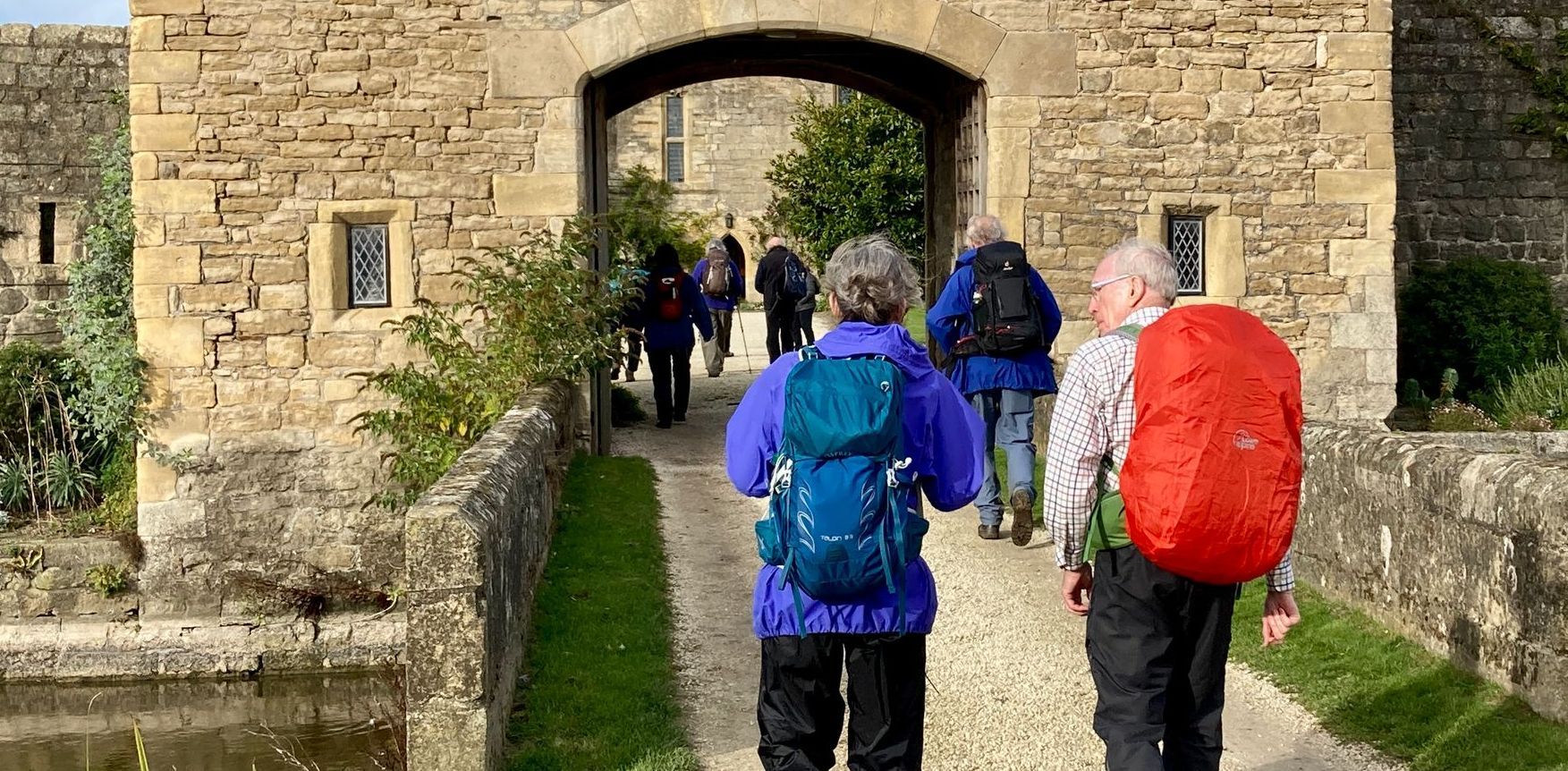Pilgrims of Prayer
This article was first published in the August 2024 edition of Bible Alive. It is reproduced with their kind permission. Bible Alive is a Catholic scripture magazine which draws its strength, inspiration and direction from the liturgical cycle. For more information click on the link below.

O my God, fill my soul with holy joy, courage, and strength to serve You.
Enkindle Your love in me and then walk with me along the next stretch of road before me.
I do not see very far ahead,
but when I have arrived where the horizon now closes down,
a new prospect will open before me, and I shall meet it with peace.
Edith Stein, St Teresa Benedicta of the Cross, Martyr of Auschwitz
2025 will be a Jubilee year, with the motto ‘Pilgrims of Hope,’ and 2024 is a year of prayer in preparation for this. In the Christian tradition, and in many other religions, undertaking a pilgrimage is one way of deepening a personal relationship with God. Pope Francis wrote in his letter declaring the Jubilee:
In the realization that all of us are pilgrims on this earth, which the Lord has charged us to till and keep (cf. Gen 2:15), may we never fail, in the course of our sojourn, to contemplate the beauty of creation and care for our common home.[i]
We live in a time of global warming, so a walking pilgrimage in England & Wales using public transport to the start and finish of the route gives us an opportunity us to contemplate the beauty of creation while caring for our common home. I hope to encourage people, especially the young, in every diocese to undertake a walking pilgrimage during the Holy Year, helping us to become ‘Pilgrims of Hope’ for the 21st Century.
A pilgrimage is a dedicated journey to a specific holy shrine with the purpose of engaging with one’s faith, to seek enlightenment and spiritual renewal. One of the distinctions between a Christian pilgrimage and any long walk is that a pilgrimage requires us to be open to interior change through prayer. St Ignatius commends us to begin our prayer by asking for the grace we desire. That grace could be repentance, sorrow for sin, gratitude for God’s gifts, desire for truth and justice, and so on. We identify what grace we desire, and we ask God for it. It may help to have a prayer to say for your intention:
Lord Jesus Christ,
You call me to follow you,
and I choose to walk with you.
Open the eyes of my heart to see my life in a new way.
With each step I take, help me to be open to change.
As I walk this pilgrimage, give me the grace to…
[mention your intention for the journey]
I ask this in your Holy Name.
Amen.[ii]
It’s good to have an intention in mind, but St Paul asks us to go further:
Rejoice always, pray without ceasing, give thanks in all circumstances; for this is the will of God in Christ Jesus for you.[iii]
Many of us find prayer difficult, so how can we 'pray without ceasing' as St Paul encourages us to do? Perhaps a start is to adopt a persistent attitude of gratitude for the world, for our lives, for each other, and for each day. Seeing everything as gift opens our hearts to God, who is the giver of everything, and to desire a relationship with Him.
Pilgrimage is an ancient way that people of many faiths have used in their search for God. Undertaking an outer journey can help us focus on our inner journey, on questions of meaning and purpose. Walking pilgrimage is a sacred activity and a way of encountering God in nature. We can experience feelings of awe at the beauty of creation and unity with the universe, which may lead us to prayer and to being open to God’s presence. Walking necessitates the acceptance of the problems of the road: there is no point railing against the rain, steep hills or aching knees. This recognition of one’s smallness and transience can promote humility.
A pilgrim may appear to observers as independent and autonomous, striding towards his or her destination. In contrast, the inner experience may be one of vulnerability to the elements, and of dependence on the goodwill of strangers. Pilgrimage involves ‘stepping out’ of one’s daily life, work and family responsibilities to become a marginal, transient person, often the recipient of hospitality, but sometimes of scorn and suspicion. Pilgrimage may be a mixed experience of companionship and sometimes of solitude. There will be times of silence, and occasions of encounter with others. These varied experiences make us aware of the transcendent in our lives, and of our need for our loving God.
How should we respond to these promptings? Walking pilgrims carry only what is essential for the journey, but prayer intentions are weightless and the opportunities for prayer are many. If prayer doesn’t come easily, there are many resources to be found in churches along the route, or on the internet. A good way to start a pilgrimage is to pray the Stations of the Cross, either in a church, (the cathedral you may be starting from is ideal), or by using a book or online resource. It is a powerful way to contemplate and enter the mystery of Jesus' gift of himself to us. You may be prompted to ask, ‘What crosses do you carry? What causes you to stumble on your way through life? How will your pilgrimage change you?’
On the walk it may be helpful to take a break at midday and say the Angelus prayer. The Angelus offers a short pause in our day-to-day activity to appreciate everything around us and to immerse ourselves in the intimacy of our Lady and the Blessed Trinity. Saying the Rosary can provide a rhythm to help on long hills; one decade finger rosaries are very portable! No one wants to walk carrying a heavy breviary, but Morning and Evening prayer are accessible through the Universalis app. It is wonderful if you can join Mass on the Way, but if that isn’t possible then the readings of the day are also available at Universalis.
The Hearts in Search of God website offers a range of resource to support your spiritual journey. On the introductory webpage there are links to a new resource from the Jesuit Institute called Pilgrims of Prayer covering a wide variety of approaches to prayer and spiritual exercises including:
- The Morning Offering: a way of dedicating the day to God
- The Act of the Presence of God: becoming aware of the presence of God
- The Four Anchor Points of Prayer: preparation, entry, closure and review
- Lectio Divina: meditative prayer on scripture
- Imaginative Contemplation: imaginative prayer with scripture
- The Examen: reviewing the day
- Praying with Art: noticing the feelings a piece of art evokes.
There are also collected prayers for use before the pilgrimage, while on the road, on arrival at the shrine and after the journey. There are links to mediations on the Jesuit Pray as You Go app.
One traditional way of marking the end of a pilgrimage is to light three candles: one for your own intentions, and any that others have asked you to pray for; one in gratitude for the people who helped you along on the way; and one in hope for those who will follow you. You may want to give thanks for your safe arrival and any other blessings you have received:
Lord Jesus Christ,
As this pilgrimage comes to an end,
I give thanks for the journey
and for my safe arrival.
Help me to walk in newness of life.
By your Spirit, transform me into your likeness.
Give me your… [mention any attributes of Jesus you want to grow in, such as patience, humility, compassion, etc.]
Jesus, fill me with your life and love.
I ask this in your Holy Name.
Amen.[iv]
Please pray for Pope Francis as he leads the Church, the Pilgrim People of God, and for all who will walk as ‘Pilgrims of Hope’ during the 2025 Jubilee.
Buen camino!
Phil McCarthy
[i] Letter of the Holy Father Francis to Msgr. Rino Fisichella, President of the Pontifical Council for the New Evangelisation, for the Jubilee 2025
[ii] Adapted from Forward in Mission pilgrimage prayers
[iii] 1 Thessalonians 5:16-17
[iv] Adapted from Forward in Mission pilgrimage prayers
